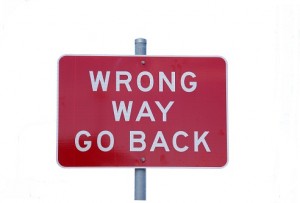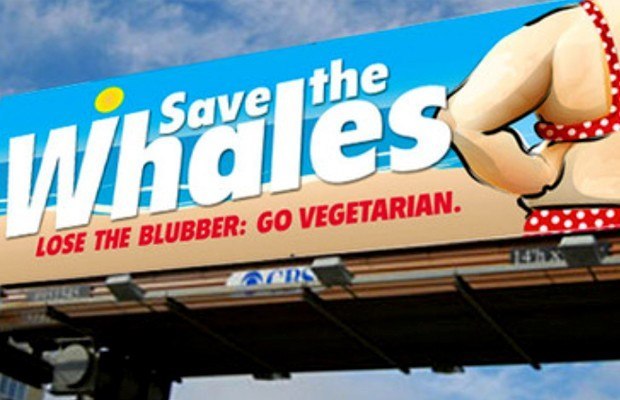
Advertising is a very complicated area for companies and marketers to address. Not only do you need to think about how you're going to show off your product, service, and brand in the best possible light, but you also need to carefully consider how the images, words, and strategies that you use are going to appeal to your specific audience. Stray too far from what is deemed to be acceptable, and you could end up in serious trouble, whereas if you fail to be creative, you might not get the responses you want. All in all, it's a difficult line to walk.
Bad Advertising Is Expensive

Perhaps the most obvious consequence of making bad advertising decisions, is the impact that those decisions will have on your bottom line. Not only does bad advertising waste money on the campaign that you created in the first place, but it can also drive away customers that might have otherwise made purchases, or even contribute to the loss of valuable clients.
According to research that was conducted in an effort to better understand the impact that "annoying" advertisements have on users, the economic cost of inappropriate or irritating ads is about .153 cents each. At the same time, your bad ads prevent purchases as people commonly suggest that they will choose not to purchase an item because they find an advert to be distasteful.
Bad Advertising Damages Trust

At the same time, while your bad advertising decisions might simply reduce the amount of purchases you experience in a given month, or prevent people from converting on your landing page, it could also lead to damaged trust and unfavorable perceptions of your brand. After all, advertising and marketing campaigns are used to present your company to the world around you. If you make a mistake with your wording that makes your brand look unprofessional, then your customers might think that you seem more untrustworthy, and therefore choose to avoid purchasing from you in the future.
Bad Advertising Alienates Potential Customers
Advertising is a tricky business, as it requires you to appeal to a target audience, without alienating other customers. For instance, if you consider your target audience to be middle-aged men, then it's important to make sure that you don't create ad copy that might suggest your products aren't suitable for older men, or women. For instance, a car company that advertises as being specifically perfect for "successful men" might cause outrage in women who would have been attracted to the car if it wasn't for that wording. When in doubt, it's often a good idea to stay gender-neutral.
Bad Advertising Damages Brand Association
Similar to brand trust, brand association refers to the deep-seeded beliefs, feelings, and attitudes a customer has towards a company, service, or product. When association is negative, this can lead to bad publicity, and bad interactions between customers and organizations. When creating ads, it's important to make sure that the message that you are creating aligns with the beliefs, opinions, and feelings of your target audience. Doing so will help customers to associate your brand with things that they already appreciate or enjoy.
Bad Advertising Leads To False Expectations
Finally, the wrong image used in an advertisement, or even the wrong set of words could create false expectations for your company. While it might be tempting to hype up your company as much as possible, it's also crucial to make sure that whatever your advertisement offers, you can carry out. The more you build false expectations, the more you damage your credibility in the long term.